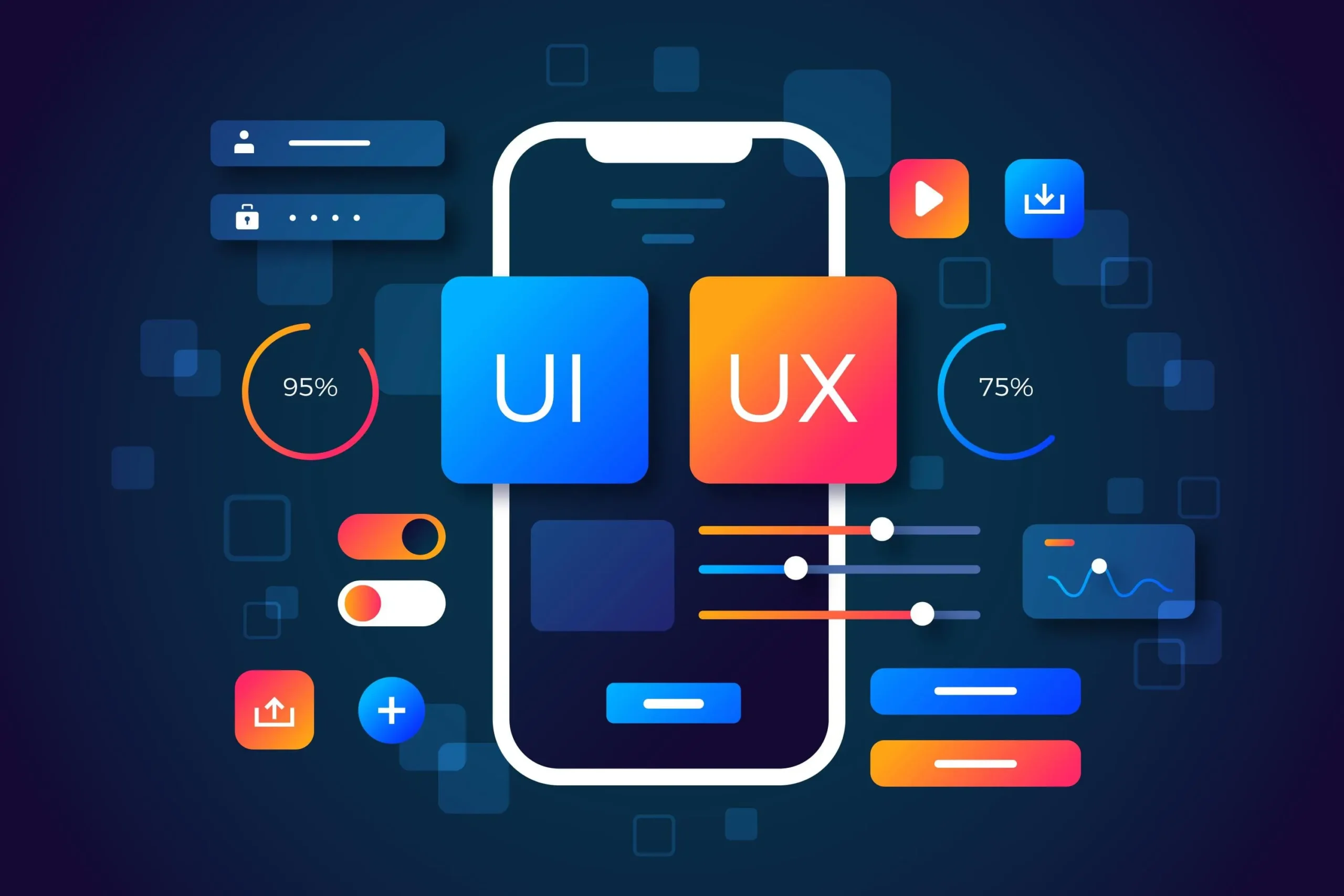
Difference Between UI and UX Design
In the ever-evolving field of web development, two critical components often come into focus: User Experience (UX) and User Interface (UI) design. While these terms are frequently used interchangeably, they represent distinct aspects of the design process. Understanding the difference between UI and UX design is essential for anyone looking to create compelling, user-friendly websites and applications. In this blog, we will delve into what UX and UI design entail, their key differences, how they work together, and the skills required for UX/UI designers.
What is User Experience (UX) Design?
User Experience (UX) design focuses on the overall feel and functionality of a product from the user’s perspective. It involves understanding the user’s needs, behaviors, and motivations to create a seamless and enjoyable experience. UX design encompasses various elements such as usability, accessibility, and interaction design.
Key aspects of UX design include:
- User Research: Understanding the target audience through surveys, interviews, and usability testing.
- Information Architecture: Structuring and organizing content in a logical and user-friendly manner.
- Wireframing and Prototyping: Creating low-fidelity and high-fidelity representations of the product to test and refine ideas.
- User Testing: Gathering feedback from users to improve the design
What is User Interface (UI) Design?
User Interface (UI) design, on the other hand, focuses on the visual and interactive elements of a product. It deals with the aesthetics, layout, and interactivity that users engage with on a screen. UI design aims to create an appealing, intuitive, and cohesive interface that enhances the user experience.
Key aspects of UI design include:
- Visual Design: Crafting the look and feel of the product, including color schemes, typography, and imagery.
- Interactive Design: Designing interactive elements such as buttons, menus, and sliders.
- Responsive Design: Ensuring the interface works seamlessly across various devices and screen sizes.
- Consistency: Maintaining a uniform style throughout the product to provide a cohesive experience.
Key Differences Between UX and UI Design
While UX and UI design are interconnected, they serve different purposes and require distinct skill sets. Here are the key differences:
- Focus: UX design focuses on the overall experience and functionality, while UI design focuses on the visual and interactive aspects.
- Process: UX design involves research, planning, and testing, whereas UI design involves creating the actual interface elements.
- Tools: UX designers often use tools like wireframes, prototypes, and user journey maps, while UI designers use design software such as Adobe XD, Sketch, or Figma.
- Goals: The goal of UX design is to make the product easy to use and satisfying, while the goal of UI design is to make the product visually appealing and engaging.
UX and UI Design Together
UX and UI design are complementary disciplines that work together to create a cohesive product. A well-designed user experience (UX) is crucial for making a product usable and satisfying, while an attractive and intuitive user interface (UI) enhances the overall experience. Collaboration between UX and UI designers ensures that both functionality and aesthetics are prioritized, resulting in a product that is both user-friendly and visually appealing.
Skills Required for UX/UI Designer
A successful UX/UI designer should possess a diverse set of skills to excel in both areas. These include:
- Research and Analytical Skills: Understanding user needs and behaviors through research and data analysis.
- Design Thinking: Applying a user-centered approach to solve design challenges creatively.
- Prototyping and Wireframing: Creating mockups and prototypes to test and iterate on designs.
- Visual Design Skills: Crafting visually appealing and cohesive interfaces.
- Technical Proficiency: Familiarity with design tools and software, as well as basic knowledge of front-end development.
- Communication and Collaboration: Working effectively with other designers, developers, and stakeholders to bring the design vision to life.
Conclusion
Understanding the difference between UI and UX design is crucial for creating effective and engaging digital products. While UX design focuses on the overall experience and usability, UI design concentrates on the visual and interactive elements. Together, they ensure that a product is not only functional and user-friendly but also visually appealing and enjoyable to use. By honing skills in both areas, UX/UI designers can contribute significantly to the success of any web development project.
At SentieroTech, we recognize the importance of both UX and UI design in delivering exceptional digital experiences. Whether you need a complete website overhaul or a new application interface, our team of expert designers is here to help you create products that stand out and delight your users.


